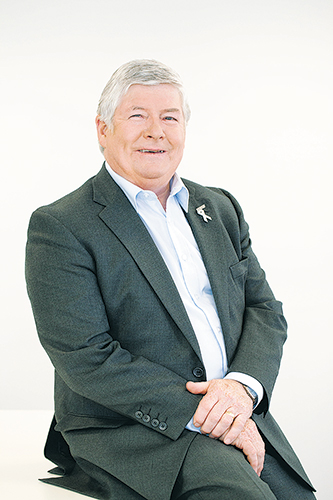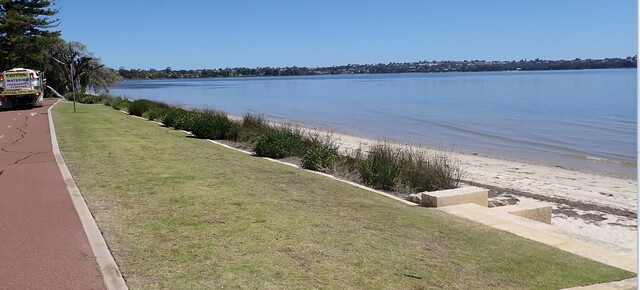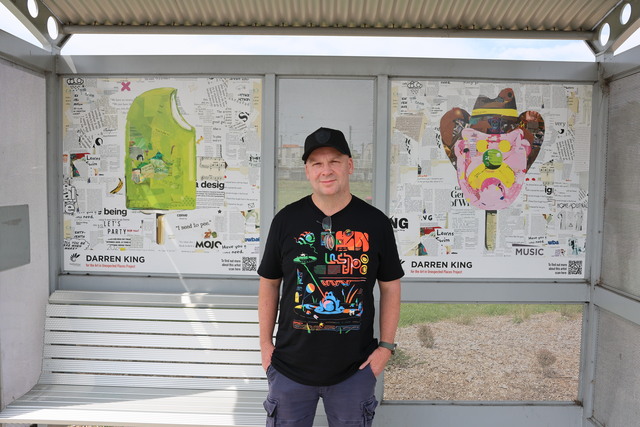President’s comment.
The 2016/17 financial year will see the Victorian Government’s rates capping framework come into full effect, which has been set at the Consumer Price Index of 2.5 percent. Councils will now rely heavily on community input around budget tightening measures, and many have already begun having tough conversations about priority services and infrastructure needs.
We continue to hold concerns that the rate cap will mean lower investment by councils in vital infrastructure renewal. Funding for beloved community services such as libraries, recreation facilities and kindergartens could also be impacted, along with higher debt levels, as experienced in other states under similar rate cap models.
Our economic modelling confirms Victorian councils to be hardest hit by the cap will be those who can least afford it – rural shires with small budgets and populations, extensive road networks to maintain and a comprehensive range of community services. People should have equal access to these services regardless of where they live and under the rate cap model, the State will need to invest far more into rural areas to make up the funding shortfalls.
Councils have the option of applying to the Essential Services Commission (ESC) to seek a rate rise above the cap, but they will need to demonstrate reasons for the higher cap, and show that community views have been taken into account, along with four other measures set by the ESC.
We don’t yet know whether seeking a variation will be a simple or complex process. Councils applying for a rise above the cap will be the guinea pigs, and while the Commission has provided guidance, there is not a clear model to assist councils with the process. We will be helping councils to work through this process, and will share best practice examples as they become available.
We will be looking to the Victorian Government and the ESC to help educate ratepayers on what their rates notice will look like this year, given it’s a property re-valuation year. This means that while overall rates might only increase by 2.5 per cent, an individual property owner’s rates bill will be unlikely to reflect this amount. When comparing 2015/16 rates, homeowners might see a bigger increase in their rates depending on the type of property they own and where it’s located. We will be calling on the government to help explain this to ratepayers, given councils may receive the brunt of unnecessary criticism of not sticking to the rate cap when in fact they have.
The MAV will continue to focus our efforts on improving councils’ productivity and efficiency through new operating models, collaborative procurement and shared service delivery. It’s our hope that we will get through this challenging year ahead by working hard, listening to communities and supporting each other. We also look forward to working with the Australian Local Government Association and our local government colleagues around the country in the lead up to a Federal election, expected later this year. High on the agenda is achieving a fair funding deal for councils, including restoration of indexation for Financial Assistance Grants. It’s shaping up as a year of big challenges and
exciting opportunities.








